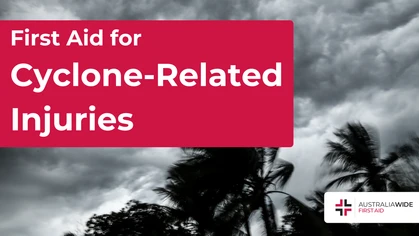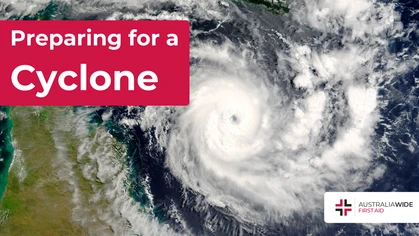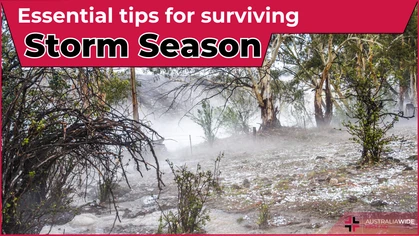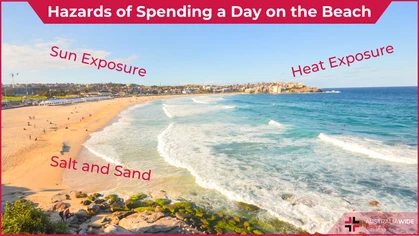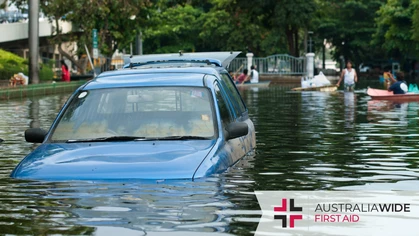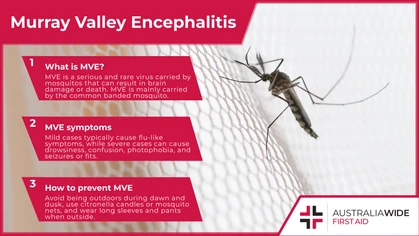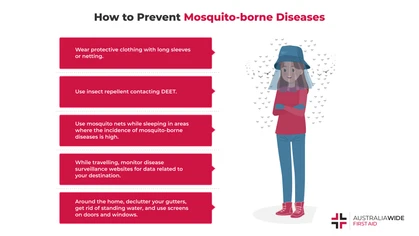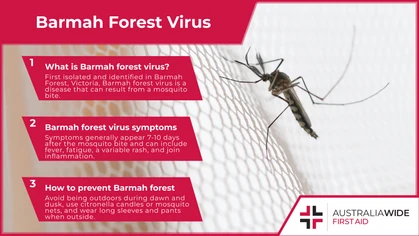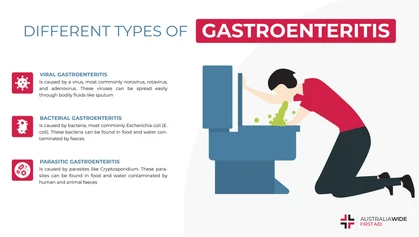Hayfever Season in Adelaide and How it Affects Asthma

Seasonal Concerns

According to Asthma Australia, one in five people residing in Adelaide, the 'Garden City of Australia', live with hayfever and/or asthma. In this article, we’re going to cover both hayfever and asthma, and how to prevent symptoms to keep you safer.
Even though we’re at the end of hayfever season, it will come around quickly again! Grass pollen count is generally highest during summer – though in Adelaide, pollen levels are moderate through spring. In some places in Australia, grass pollen will be around year long, even during autumn and winter. While hayfever is typically uncomfortable in itself, it can also make asthma symptoms worse, making it potentially dangerous. According to Asthma Australia, one in five people residing in Adelaide, the 'Garden City of Australia', live with hayfever and/or asthma. In this article, we’re going to cover both hayfever and asthma, and how to prevent symptoms to keep you safer. If you’re interested in more information, you can also attend one of our general and/or childcare first aid courses. We have training locations in Adelaide and in every other state, capital city, and major town throughout Australia.Hayfever
Hayfever is a common term for allergic rhinitis, or seasonal allergies. These allergies are environmental, typically caused by grass pollen, pollen from exotic trees, or weeds. Exposure to these allergens causes the release of histamine. Histamine is a chemical that your immune system uses to fight off infection, and it’s what causes hayfever symptoms. Hayfever symptoms are sneezing, runny nose, and itchy or watery eyes.Asthma
High pollen counts and hayfever can also worsen symptoms for those with asthma. Asthma is a serious condition that leads to a temporary narrowing of the airways, causing difficulty breathing, tightness in the chest, wheezing, and coughing. Asthma is often triggered by something – such as activity or certain foods – though this is different for everybody. Hayfever and high pollen counts can trigger asthma. More than 80% of people with asthma get hayfever, which can make their symptoms worse. It can cause coughing, shortness of breath, and a tight chest, as well as a runny and itchy nose, irritable and watery eyes, and itchy ears and throat. Major thunderstorms, like Adelaide experiences, can also make things worse. The combination of pollen, moisture, and changes in air pressure lead to the bursting of pollen grains. Pollen itself is too big to be inhaled into the lungs, but when a pollen grain has burst, these particles can be inhaled. This can lead to very serious asthma attacks, particularly in those who haven’t taken asthma or hayfever medications, or are undiagnosed. Symptoms of an asthma attack are increased wheezing, coughing, tightness in the chest, and shortness of breath. If your symptoms get worse very quickly, you have severe shortness of breath and you struggle to speak or your lips are blue, and you’re getting no relief from your reliever/inhaler, it could be an emergency. You or someone around you should call 000 immediately, and tell them it’s an asthma emergency.Is there any prevention?
If you want to avoid reacting to pollen, it’s important to continue to take your prevention medication for both asthma and hayfever. This will reduce the likelihood of flare-ups, and can minimise the impact of pollen on both hayfever and asthma. You should also carry reliever medication with you, even if you’re feeling well. Having an Asthma Action Plan is also a good idea, as it means that somebody can help you quickly, and in a way that is most effective to you. Your Action Plan should include instructions about your medication and where it’s kept, a list of your asthma triggers so they can help you minimise further exposure, advice on determining whether your asthma is getting worse, and instructions on what to do should your symptoms worsen. You should also be aware of high pollen days. There are websites that track pollen count in Adelaide, which you can monitor to keep safe. On high to extreme pollen days, or even windy days during pollen season, staying indoors can help. Make sure you close windows and doors, and turn your air conditioner to recirculate, so that you don’t let in any pollen.Final Thoughts
If you have asthma and/or hayfever, it’s important to be aware of how pollen season can affect you. If you’re asthmatic, make sure you always have your reliever medication with you. Having an Asthma Plan with you will also allow anybody around you to take proper steps to help you. If you or somebody you know has asthma or hay fever, you can sign up for a general or childcare first aid course to learn more about how to respond in an emergency. We have training locations in Adelaide and in every other state, capital city, and major town throughout Australia.
Originally published at
https://www.australiawidefirstaid.com.au/resources/hayfever-season-adelaide
as part of the Australia Wide First Aid Articles Library
